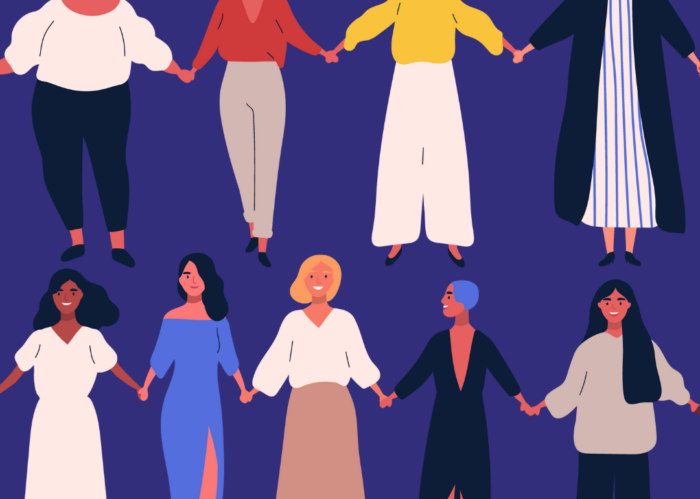What We're Reading: Spousonomics by Paula Szhuchman and Jenny Anderson
Happy October! It’s fall, which means shorter daylight hours (boo!) and longer hours of reading at home on the couch (yay!). As some of you may already know from my earlier posts, I’m on a nonfiction kick these days. How to stuff and mount a dead lion, where to find organs for illegal organ trading, how to smoke pot at Disneyland and not get caught (John Jeremiah Sullivan, you make my heart swoon) … The plethora of awesome nonfiction out there is overwhelming.
This month’s reading selection, Spousonomics: Using Economics to Master Love, Marriage, and Dirty Dishes by Paula Szhuchman and Jenny Anderson, was gifted to me by my good friend and former co-worker (hello KFink!) and I can’t stop yakking about it.
A relationship book? A relationship book on economics? I know what you’re thinking. (Honestly, I swear, I don’t have wedding fever on the brain, although my fiancé might beg to differ.) This is not some girly-girly book with an embellished pink cover–although, hey, there’s nothing wrong with that. It’s an exceptionally smart, relatable book of case studies that show how readers can strengthen relationships by an easy application of economics.
My fiancé (there I go again) is in business school right now. While reading Spousonomics I would pipe up, constantly interrupting whatever he was working on. “Hey, listen to this! You know your cost-benefit analysis study on cranberries? Well, you can apply that to deciding who gets to wash the dishes or not!” If you’re anything like me (hey friends!), I’m sure your first thought is, “Cost-benefit, huh?” But Szuchman and Anderson explain it in a way that even a true math-hater like me could appreciate.
Schuzman (a Page One editor at The Wall Street Journal) and Anderson (a New York Times reporter) provide plenty of fascinating anecdotes, personal examples, and classic economic case studies. They offer an example of a business-related cost-benefit analysis—e.g., Costco deciding whether or not to use food stamps (take the food stamps and reduce profits, or refuse stamps and risk a boycott)–and then show how the same can be applied to relationships—e.g., choose to live in a cramped apartment with a short commute home, or live in the suburbs with an hour-long commute. They then show couples how to weigh each option individually and as a unit before deciding which long-term choice is the best for both of them. The funny, sharp, and insightful authors conducted numerous surveys across the country, applying economics to a variety of problems that real couples face.
Although math is not my strong suit and I was reading about game theory, asymmetric information, and the consumer confidence index, I never felt talked down to or as if I was in over my head. On the contrary, this fast and informative read kept me entertained until the very end.
— Megan Fishmann, Publicist
-
Overall Score
Reader Rating: 0 Votes




One comment